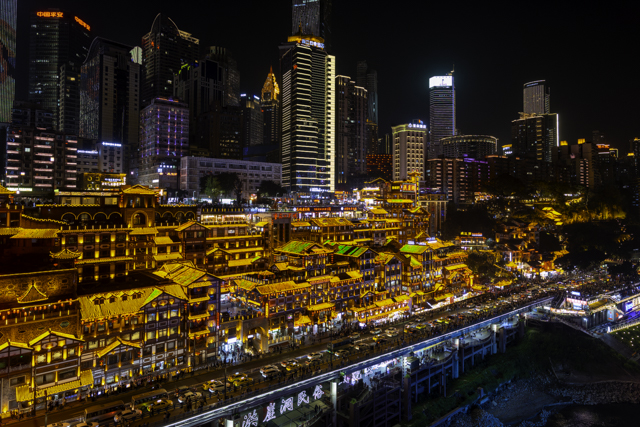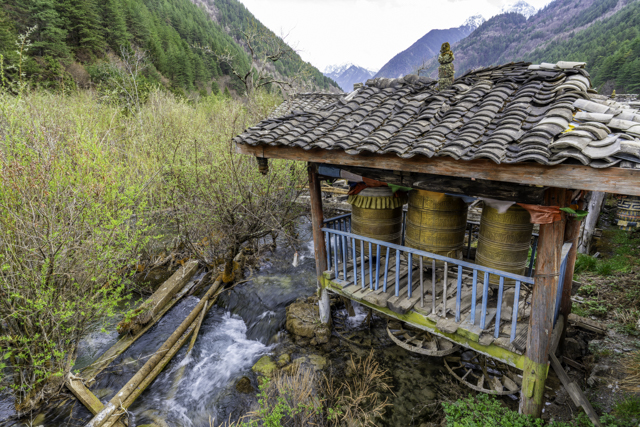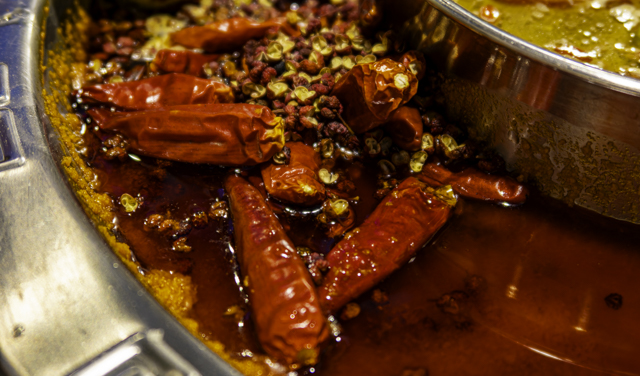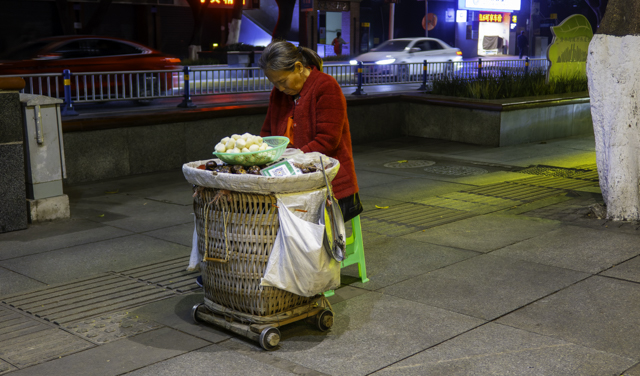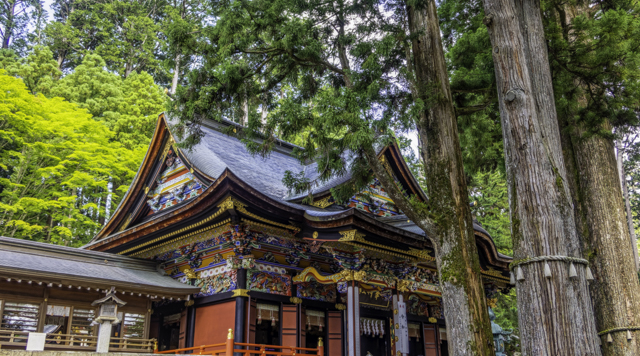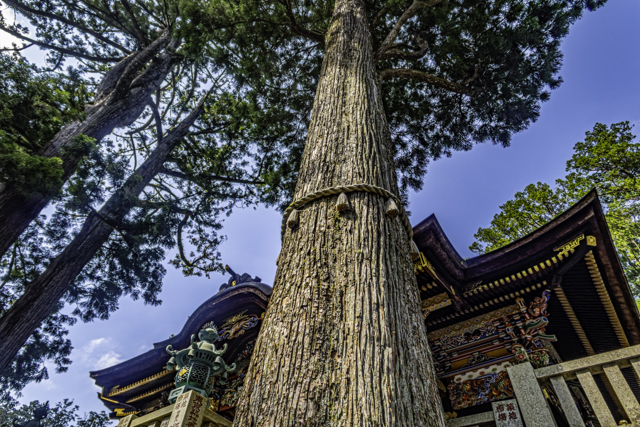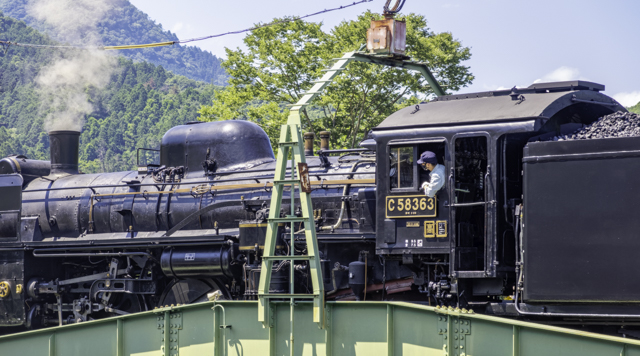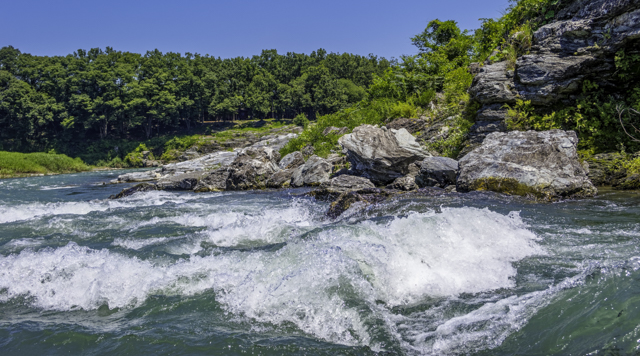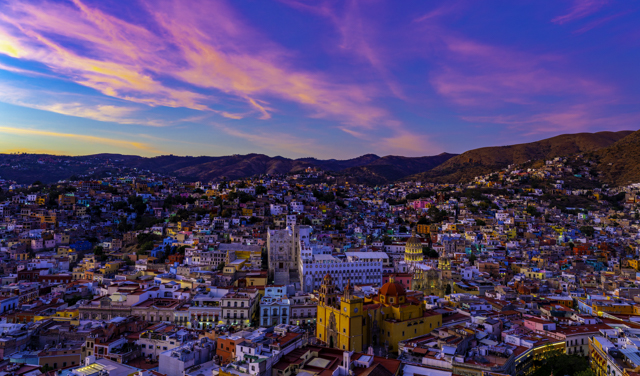
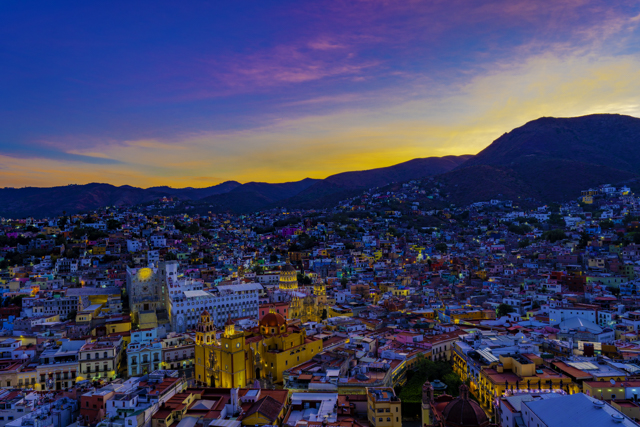
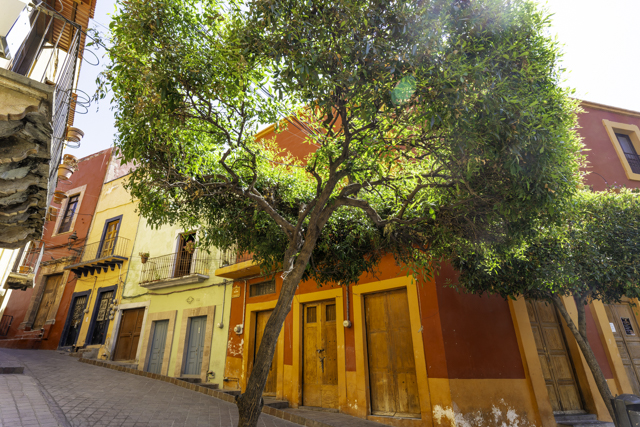
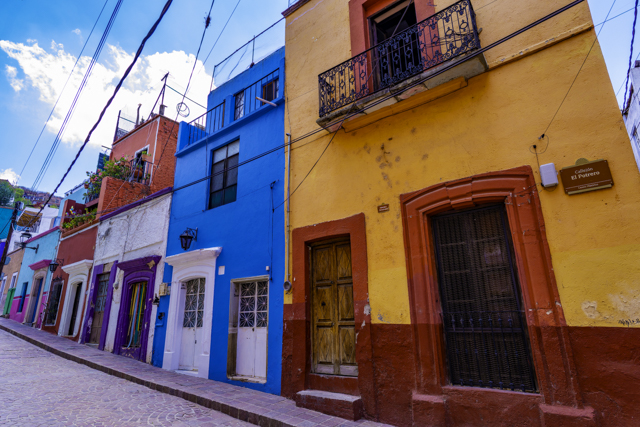
When I lived in Los Angeles, I was often mistaken for a Mexican by Mexicans. I have considered Mexico as my second home country since then. In this Japan’s Golden Week holidays, I planned to return the home for the first time after the COVID-19.
This blog always consists of my frustration for the weather at travel destinations, but it is not the case this time. It was the dry season in a country where cacti thrive, there was nothing to worry about. After all, it was sunny every day.
Even though I call Mexico as my second home country, it is only because there are similarities in appearance. I do not have an understanding of Mexican culture. I gave up on learning Spanish within a short period of time, so there is the language barrier as well. Besides, I cannot avoid safety issues in Mexico. Indeed, they are what I should worry about rather than weather. Since it had been a while since my last visit to Mexico, I decided to choose a safe tourist destination. It was an old city called Guanajuato, where I have visited before.
I used to fly to Mexico using All Nippon Airways’ red-eye flights on its Tokyo-Los Angeles service, but I was not able to find good connecting flights at Los Angeles in this year. I had no choice but to pick flights that depart and arrive Tokyo during the daytime. Japan Airlines (JAL) has launched its latest A350-1000 to Dallas, so I decided to transfer American Airlines flights at Dallas. Airfare was high due to the Golden Week holidays, but I was able to adjust schedule to avoid peak dates.
Guanajuato was still a beautiful city. The old town was as if it were studded with jewels. As long as I took reasonable precautions, there were few safety concerns. I was able to enjoy leisurely stroll through the back alleys.
I was enjoying safe stay in the beautiful city, but challenges arose on the third day.
Tequila is often thought to be a product of Jalisco State, but there is a distillery in Guanajuato State which officially call its product as tequila. I wished to visit the tequila distillery, I asked the hotel if they could arrange a taxi for me. It was a little more expensive than Uber, but since it was not a place where I could easily find a return car, I requested to arrange the taxi for a round-trip. However, upon arriving at the distillery, it turned out there was a waiting fee incurred. The waiting time alone was equivalent to the one-way trip, so it ended up a significant expense.
I pulled myself together and went out for dinner. My hotel was located on a hill overlooking the old town of Guanajuato. The cable car that going up the hill had already suspended its operation after the dinner. I had heard it ran until 9:30 pm, but apparently it closed early on Sundays. I had to return to the city center and call an Uber back to the hotel. It was a day filled with unexpected transportation issues.
However, it was not over yet.
While I was dozing off, thinking about taking a shower, I received an email from JAL. Due to severe weather in Dallas area, my flight back to Japan would be delayed by 10.5 hours, arriving at Tokyo Haneda Airport around 1 am. It was already late at night, and there was little I could do at that hour. I lost the energy to take a shower and went to sleep.
Sleeping would not solve anything. In the next morning, I called JAL in US while I was still half asleep. Originally, I had booked a flight departing Guanajuato-León Airport around 5 am. The layover at Dallas would exceed 12 hours, which was simply too harsh. There was an American Airlines’ Dallas flight departing Guanajuato-León at 3:50 pm, which would connect to the JAL flight in about 2.5 hours, so I requested a change.
It was obvious if I thought of it calmly, but later, I received an email from American Airlines stating that free flight change was accepted due to possible delay to/from Dallas. I had finally made research what would be happening in Dallas, I found that there were severe thunderstorm and flood warnings issued in the area.
American Airlines allows to track status of previous flight of the aircraft to be used. Aircraft of the 3:50 pm flight would make a round trip of US domestic flights from Dallas before she would fly to Mexico. Three takeoffs and landings at Dallas Airport in bad weather would have high risks of delay. One flight before the 3:50 pm flight was scheduled to depart Guanajuato Airport at 10:45 am. While this flight would make connection time of about 7.5 hours on schedule, the plane would fly a one-way flight from Washington D.C. to Dallas before heading to Mexico. Therefore, the risk of delay could be lower and there would be ample time for the connection in case of delay.
After considering them for a while, I contacted JAL in Tokyo late at night. It took time, but being able to communicate them via a messaging app was helpful in terms of phone costs. I managed to secure the last seat on the 10:45 am flight and everything was finally settled at 2:00 am.
I took a short sleep and went out to see the last sunrise in Guanajuato. If I had taken the original 5:00 am flight, I would not have been able to see this view. Luckily, I was able to enjoy the most beautiful sunrise during my stay.
I took an Uber to Guanajuato-León Airport and checked-in for American Airlines. In the end, I arrived at Dallas Airport about 2 hours late. The 3:50 pm flight was also significantly delayed. Since I needed to go through US immigration at Dallas even for an international connection, I would have missed JAL flight if I kept the 3:50 pm flight.
Yet, it still meant 5.5 hours of wait in Dallas. Since I was able to clear the immigration fairly smoothly, I thought I might have time to go to Dallas or nearby Fort Worth. I would go to Fort Worth if sunny, but considering the thunderstorm with a flood warning, which was severe enough to delay many flights, I decided to stay inside the airport. Since it had been some 30 years since I last visited Texas, I thought about going to a Texan barbecue restaurant. It was unfortunate that the airport prices, inflation, and the weak Japanese Yen were a triple-whammy, I gave up the idea. To enjoy an American taste slightly, I made bourbon whiskey highball at the American Airlines lounge and killed time reading my company’s email while watching the planes.
The JAL flight was delayed as planned, arrived at Haneda Airport around 1 am, which was, in a way, on time. I took a taxi from Haneda Airport back to Yokohama. JAL made compensation up to JPY10,000, and the remaining amount I had to pay was not much different from the cost of returning home normally. Additionally, I received JPY24,000 as a “consolation payment” from my travel insurance. I had already handled work emails during the waiting time at Dallas Airport, and I had set to work from home on the day I returned, so there was no loss in any way. I even got to see the sunrise that I was supposedly not to see, so I should consider as pennies (or consolation payment) from heaven.
I tend to think “a glass of half empty of water” but I felt like “a glass of half full of water” at the end of this trip. So much so, Mexico is truly my second home country.

